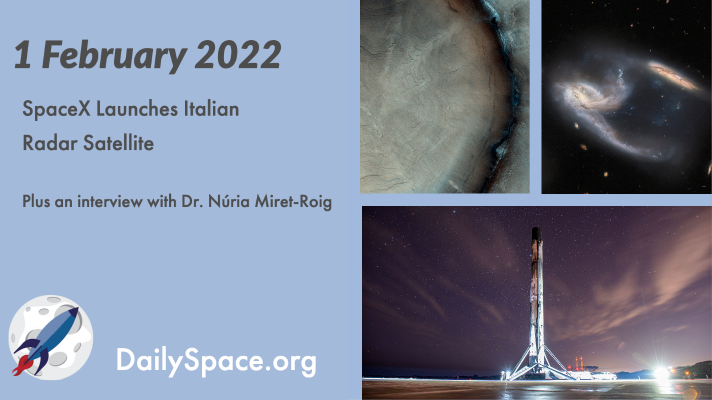
Feb 2, 2022 | Crewed Space, Daily Space, Exoplanets, Galaxies, Guest Interview, Mars, Nebulae, Rockets, Science, Spacecraft, SpaceX, Star Forming Region
After several weather-related (and one cruise ship-related) delays, SpaceX finally launched the COSMO-SkyMed Second Generation Flight 2 (CSG-2) satellite for the Italian government. Plus, some beautiful images to start your week and an interview with Dr. Núria Miret-Roig about free-floating planets.
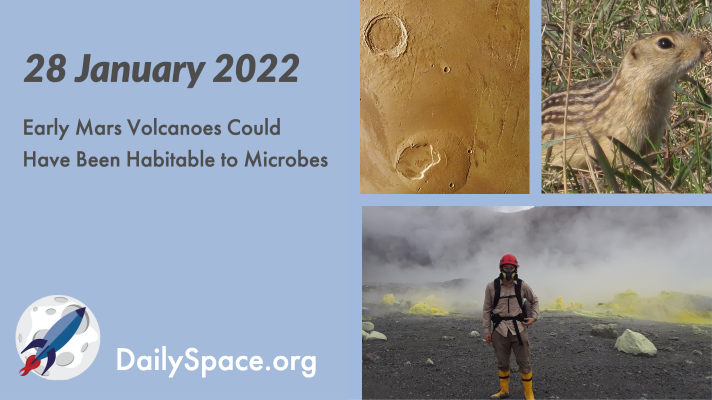
Jan 29, 2022 | Asteroids, Astrobiology, Climate Change, Crewed Space, Daily Space, Earth, Exoplanets, Mars, Physics, Science
A research team studying the Poás volcano in Costa Rica, a potential analog for early Mars conditions, finds microbes surviving in extremely harsh conditions. Plus, table-top matter-antimatter experiments, an exoplanet’s complex atmosphere, and how snails and squirrels can help us understand space.
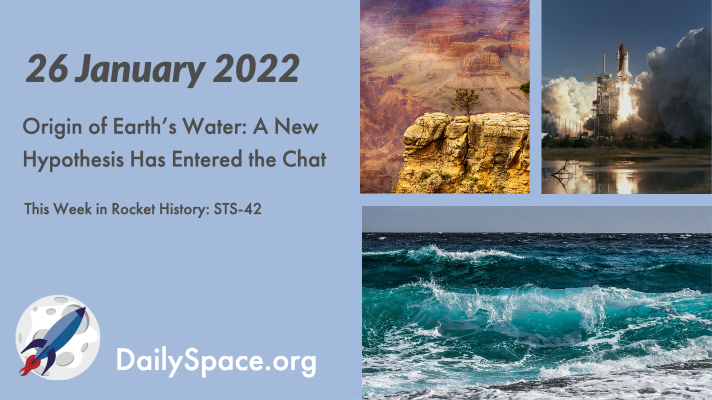
Jan 27, 2022 | Astrobiology, Crewed Space, Daily Space, Earth, Milky Way, Physics, Rockets, Space China, Space History, Spacecraft
For decades, scientists have been trying to work out just how the Earth got all its water, and the prevailing theory was that comets and asteroids brought it, and we have evidence for that mechanic; however, a new hypothesis has provided evidence that the water was already here, locked away in hydrous minerals in a very iron-poor core. Plus, magnetic fields, subatomic particles, life on the ocean floor, a geology mystery solved, and this week in rocket history covers a space shuttle mission with some really neat science.
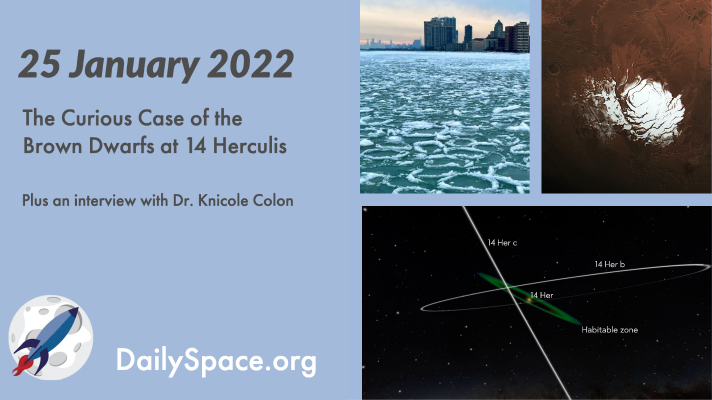
Jan 26, 2022 | Brown Dwarf, Daily Space, Earth, Exoplanets, Guest Interview, JWST, Mars, Opportunity, Rockets, Spacecraft, SpaceX
A dynamical analysis of the 14 Herculis system has revealed the existence of two brown dwarf planets orbiting in completely misaligned, eccentric orbits. Plus, weird ice in Chicago, the ongoing debate about liquid water on Mars, one rocket goes up while a capsule comes down, and we interview Dr. Knicole Colon from the JWST mission.
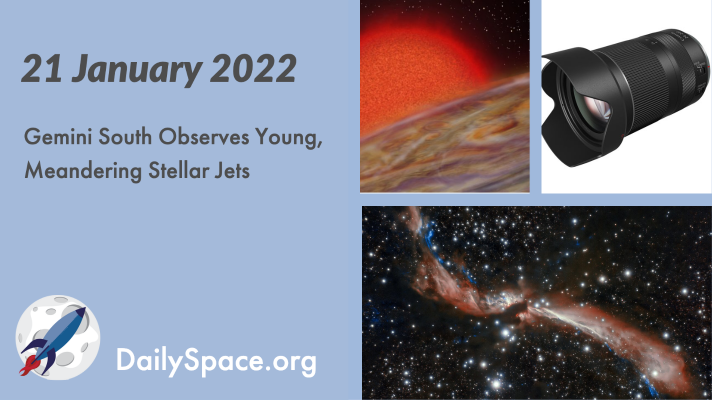
Jan 24, 2022 | Brown Dwarf, Daily Space, Exoplanets, Galaxies, Gemini South, JWST, Review, Spacecraft, Starlink, Stars, Very Large Array
The Gemini South Observatory, using adaptive optics, has captured stunning new images of meandering stellar jets. The sidewinding appearance is likely caused by the gravitational influences of nearby companion stars. Plus, exoplanet news and a review of a Canon lens.
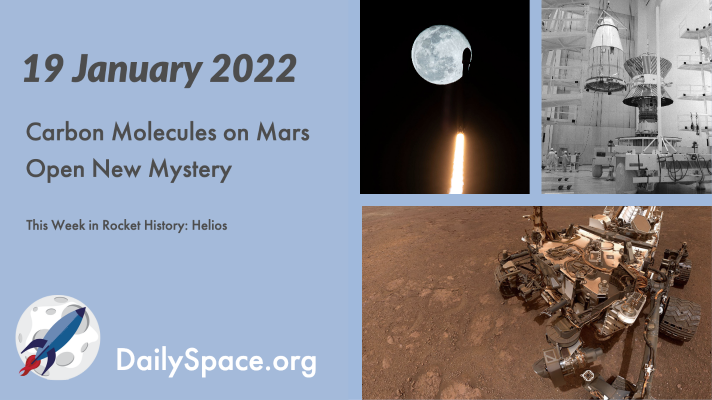
Jan 20, 2022 | Astrobiology, Cosmology, Curiosity, Daily Space, Mars, Neutron Stars / Pulsars, Rockets, Space History, Spacecraft, SpaceX, Starlink, Stars, Supermassive Black Holes, White Dwarfs
NASA’s Curiosity rover has discovered carbon isotopes on Mars which are usually caused by the degradation of biological methane, leading scientists to examine other potential reasons for the molecules. Plus, more Starlink satellites, their impact on observing, and This Week in Rocket History.








 We record most shows live, on Twitch. Follow us today to get alerts when we go live.
We record most shows live, on Twitch. Follow us today to get alerts when we go live.